Next-Gen LIMS:The Digital Backbone of Modern Research Labs
Samples, instruments, experiments, and spreadsheets all move at different speeds. For years, Laboratory Information Management Systems (LIMS) have tried to bring order to this complexity.
For most scientists, the lab is where ideas take shape, but it’s also where chaos lives. Samples, instruments, experiments, and spreadsheets all move at different speeds. For years, Laboratory Information Management Systems (LIMS) have tried to bring order to this complexity. But as discovery becomes more data-driven, traditional LIMS are struggling to keep up.
Now, a new generation of LIMS, AI-augmented and digitally integrated is emerging as the true backbone of modern research.
From Record-Keeping to Intelligence-Driven Labs
Traditional LIMS were built for compliance and traceability. They stored sample data, tracked workflows, and ensured that audits ran smoothly. But they weren’t designed for the velocity and volume of modern R&D data.
Today’s labs generate terabytes of information daily from high-throughput assays, omics platforms, and imaging systems. The challenge isn’t just managing it, it’s interpreting it. That’s where AI begins to make a real difference.
AI-enabled LIMS systems don’t just log data; they understand it. They can flag anomalies, learn patterns in workflows, and recommend optimizations. For example, if an assay routinely produces outlier results at a specific step, AI can detect the pattern before it becomes a costly rework.
This kind of predictive monitoring shifts LIMS from a passive record-keeper to an active lab partner one that helps scientists focus on discovery, not data hygiene.
The Power of Connectivity
Modern R&D depends on collaboration. Instruments, ELNs, SDMS platforms, and analytics tools must speak the same language. Historically, these systems worked in silos, data lived in isolated databases, and every integration felt custom and fragile.
AI is helping bridge these gaps. By applying semantic mapping and intelligent data harmonization, AI systems interpret the meaning behind the data, not just its format. The result is a connected lab ecosystem, where information flows freely between instruments, applications, and people.
This connectivity also enhances reproducibility, a persistent problem in life sciences research. When every step, sample, and result is linked and traceable through intelligent metadata, repeating an experiment or investigating a deviation becomes faster and more reliable.
From Automation to Autonomy
Automation has long been a goal in laboratory operations, but it often meant rigid, pre-set workflows. The new wave of AI-infused LIMS introduces something deeper: autonomy through learning.
For instance, machine learning can analyze instrument logs and predict when calibration or maintenance is due reducing downtime and protecting data integrity. AI can also learn from repeated lab routines to suggest workflow improvements or even auto-generate standard operating procedures (SOPs) based on best practices observed across experiments.
We’re not yet at the stage of “self-driving labs,” but we’re inching closer to labs that learn from themselves. That’s a quiet revolution, less dramatic than full automation, but far more sustainable.
Building a Trusted Data Foundation
In an era of AI-driven R&D, data quality is everything. If your inputs are inconsistent or incomplete, even the most sophisticated models will fail. That’s why the next generation of LIMS is as much about governance as it is about intelligence.
AI models within LIMS platforms can continuously monitor data lineage, tracking where data comes from, how it changes, and whether it meets predefined quality thresholds. This kind of automated observability ensures that scientists and regulators alike can trust the data trail.
And that’s crucial because every discovery today is also a data story. Whether it’s a promising lead or a regulatory submission, confidence in the underlying data is non-negotiable.
The AI-Infused Future of Lab Operations
It’s tempting to see AI in labs as something futuristic, but its adoption is already practical and visible. AI is quietly improving data reliability, reducing manual effort, and making collaboration fluid. The result is a more resilient research environment one that adapts instead of reacts.
At Agilisium, we see this evolution through three connected enablers:
- Insights Generation Agent: Unifies lab data streams and scientific records to create contextual summaries for R&D teams, transforming isolated lab outputs into decision-ready insights.
- Content Generation Agent: Automates documentation and compliance-ready reports, so scientists spend less time writing and more time innovating.
- Data Observability: Monitors the health, lineage, and accuracy of lab data, ensuring every result is traceable, reproducible, and audit-proof.
The lab of the future isn’t defined by automation, it's defined by awareness.
AI makes that awareness possible, turning the lab from a workspace into a learning space.
To find out more, visit www.agilisium.com or send us an email at sales@agilisium.com.


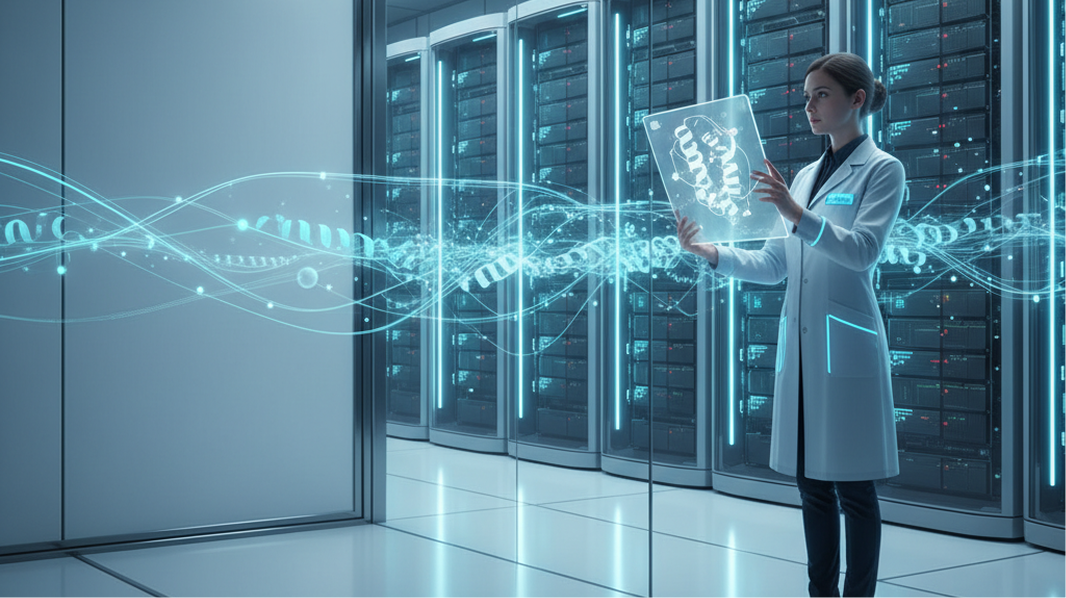
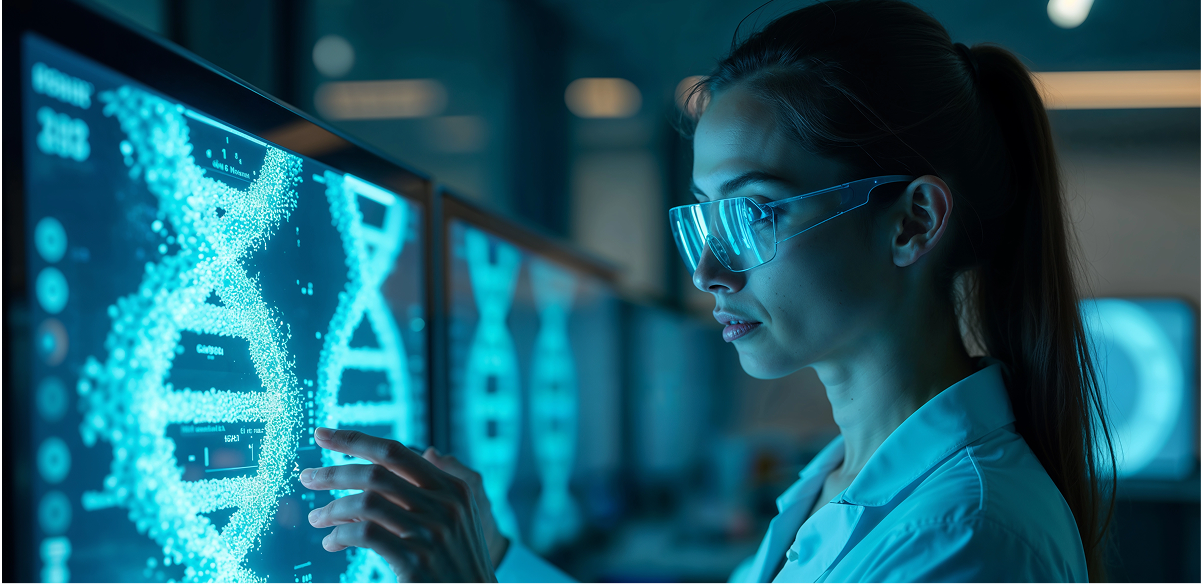

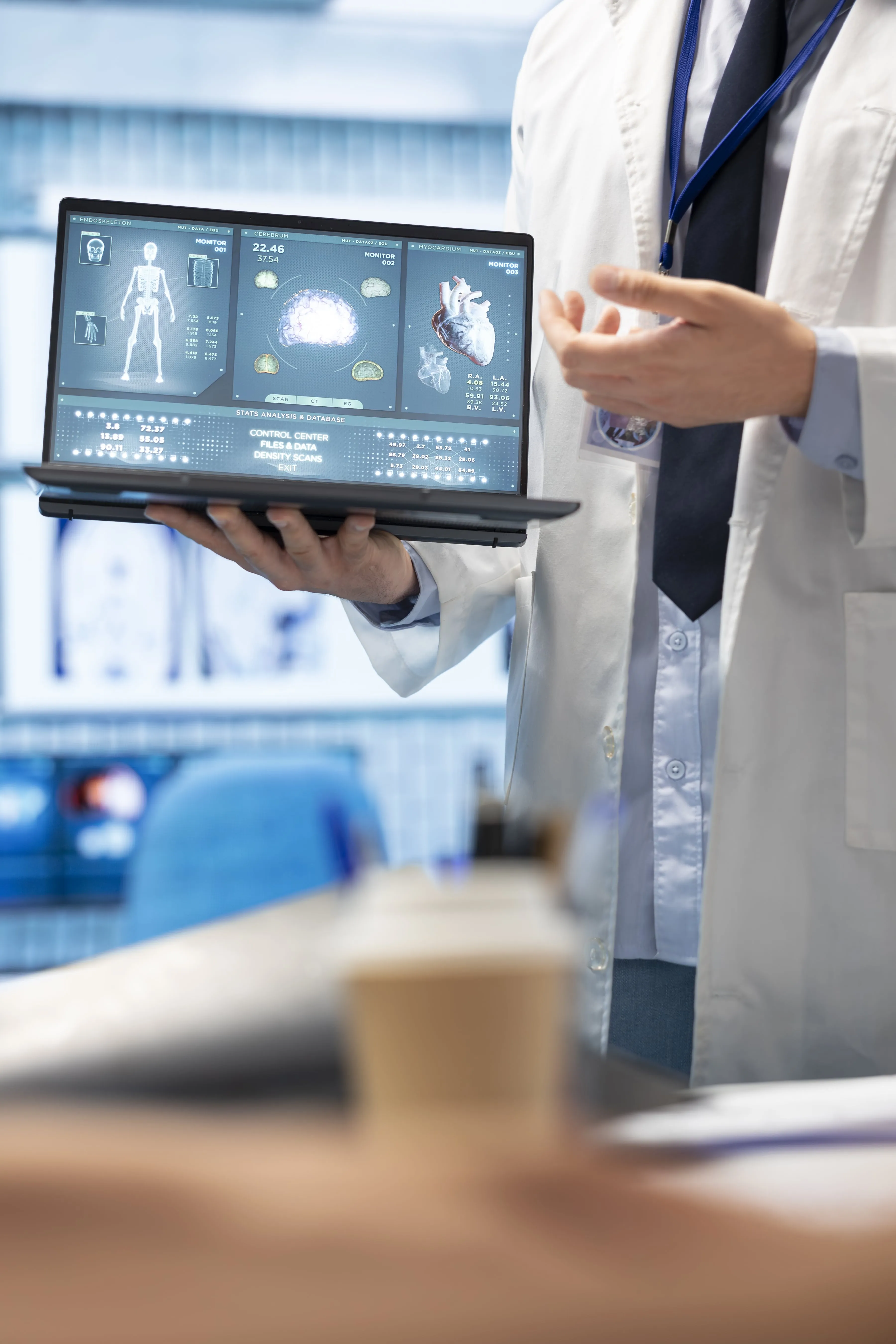

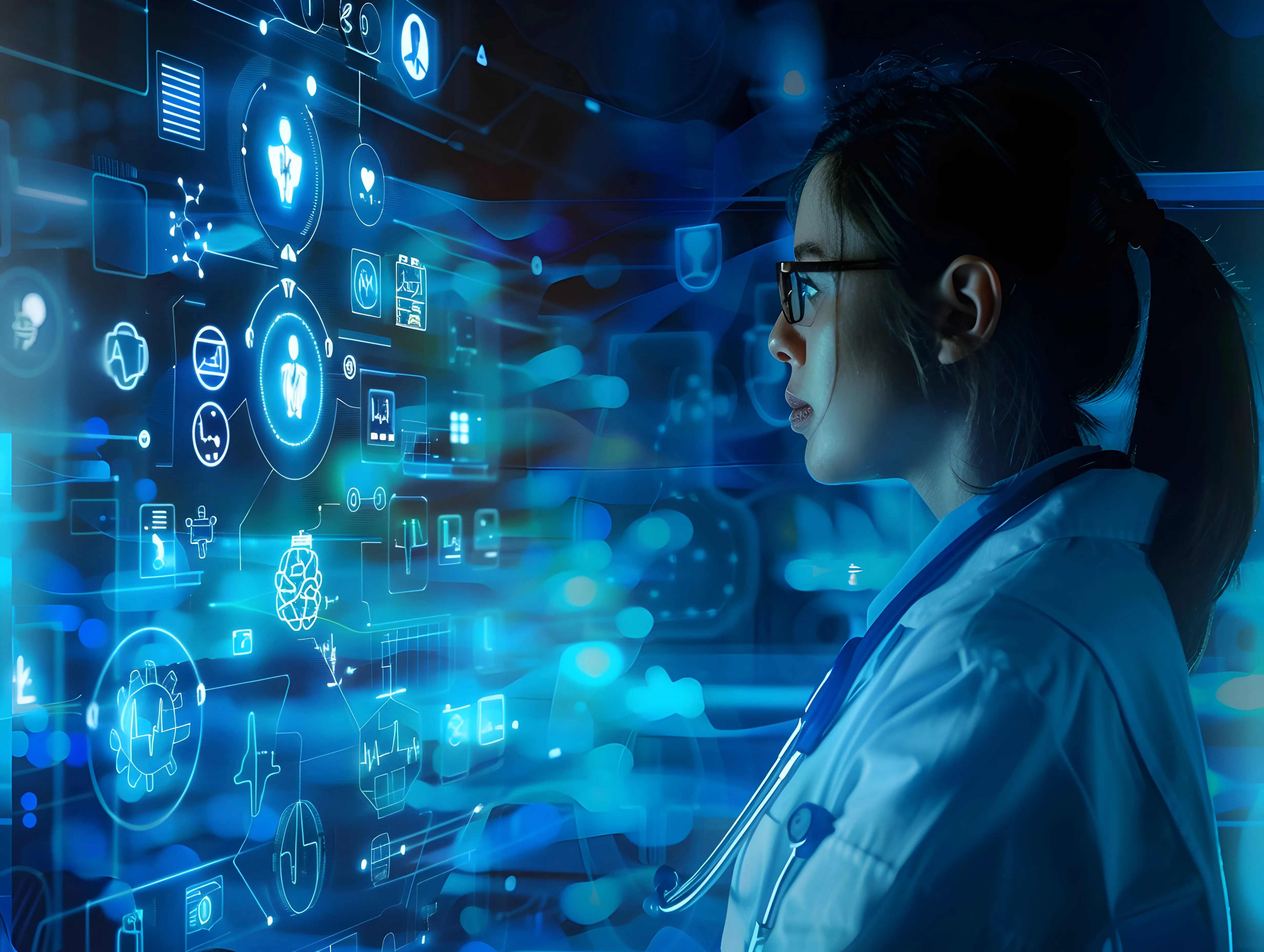
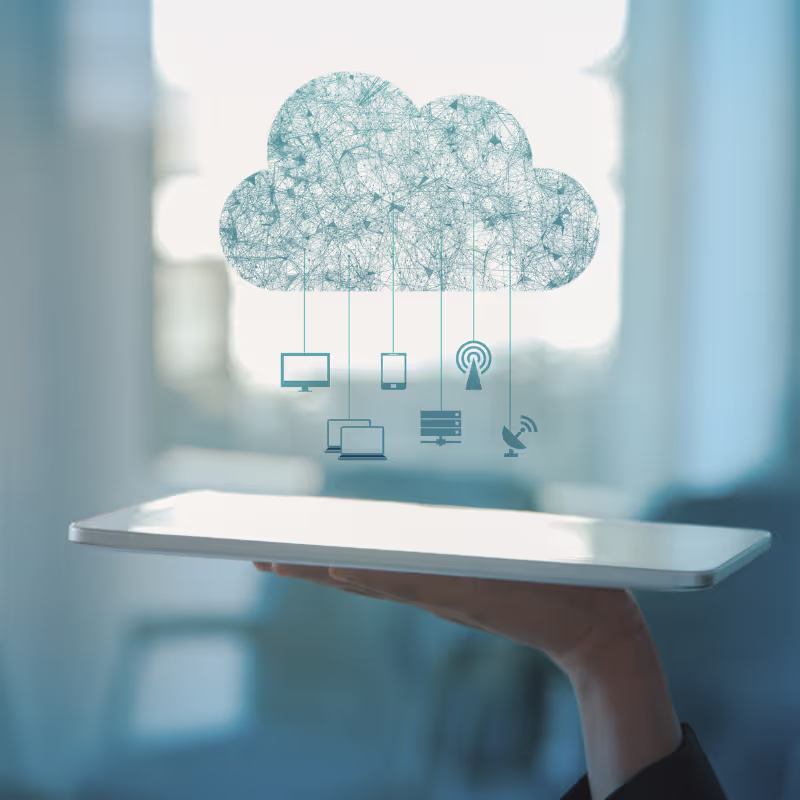


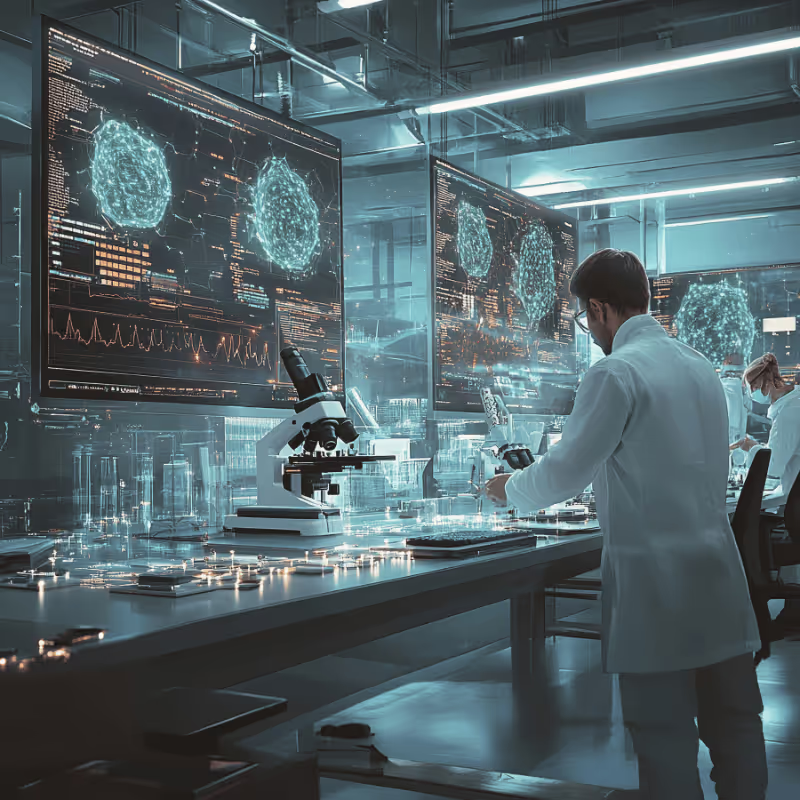
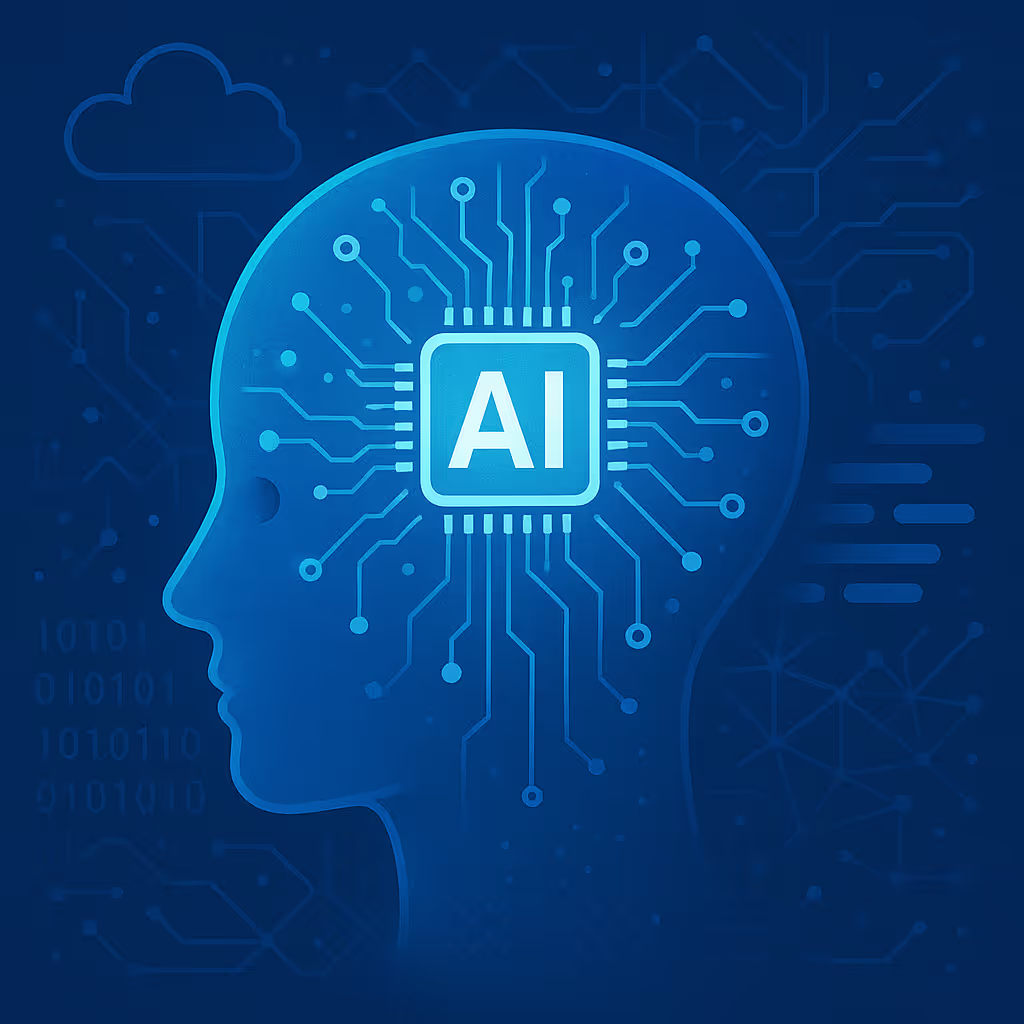
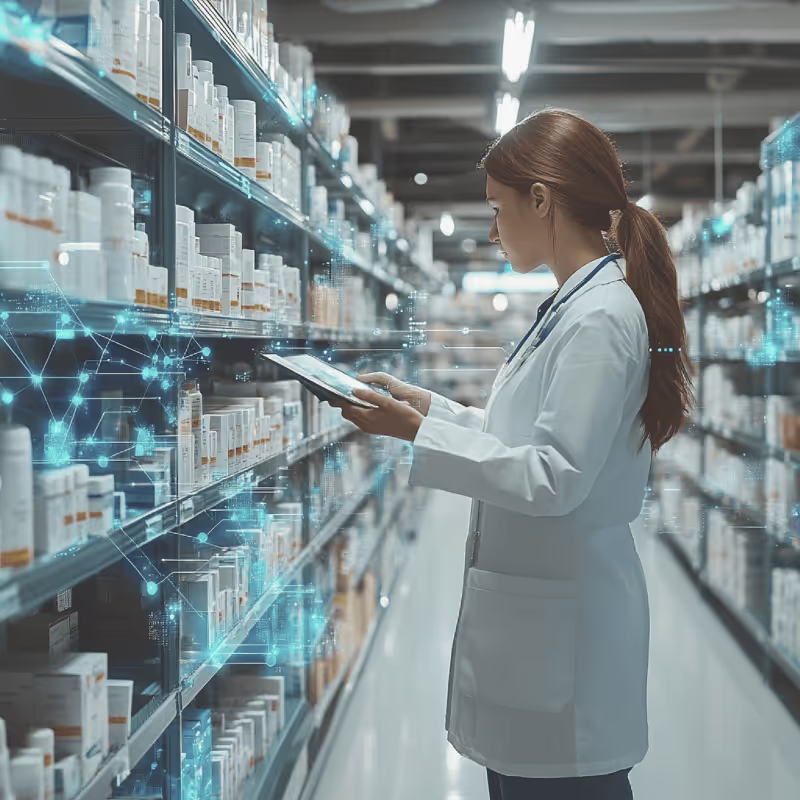
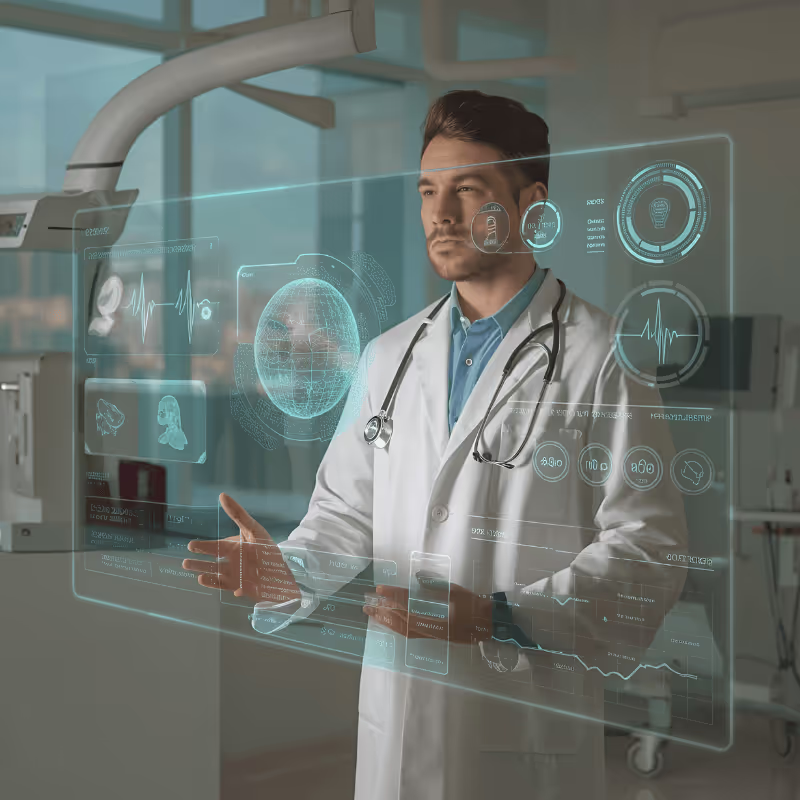
%20(7).avif)



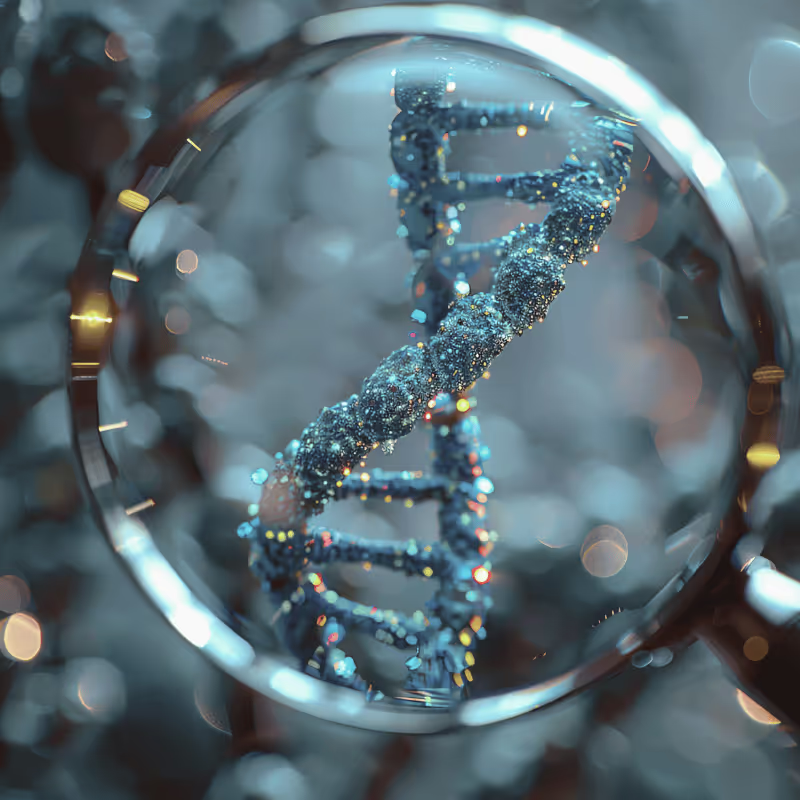

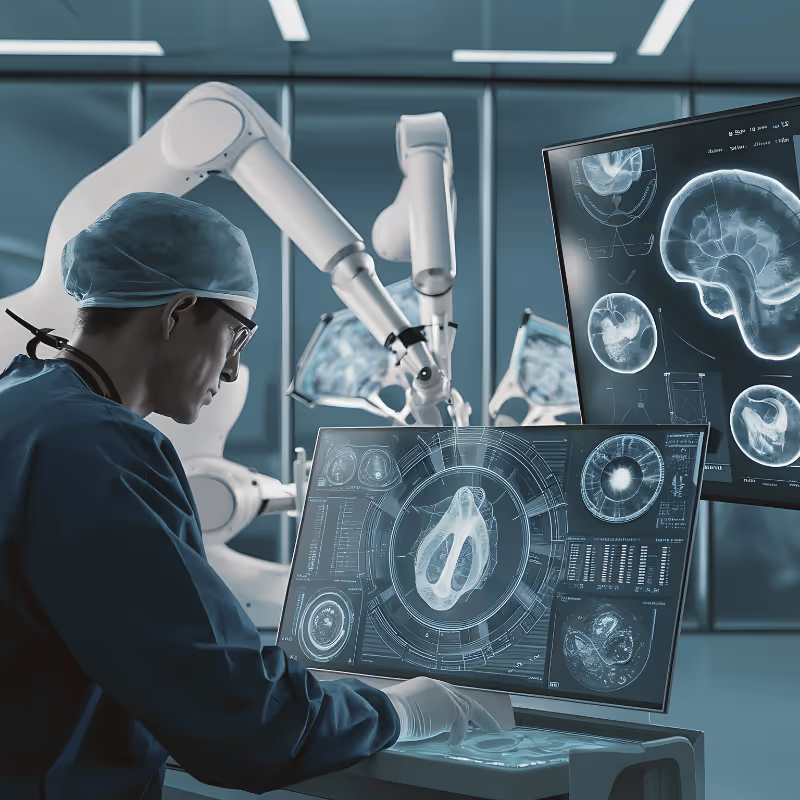


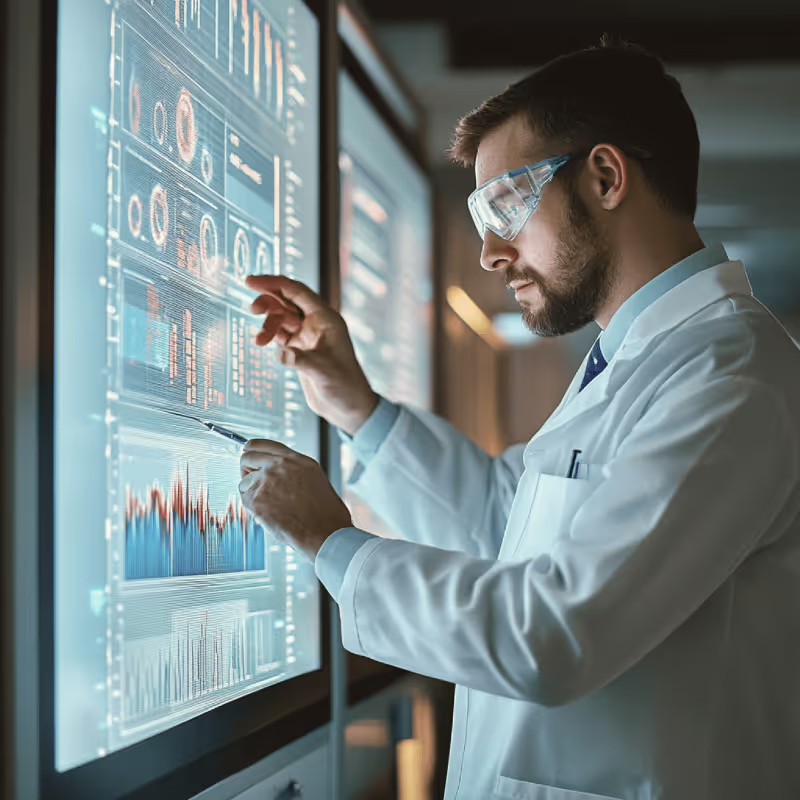





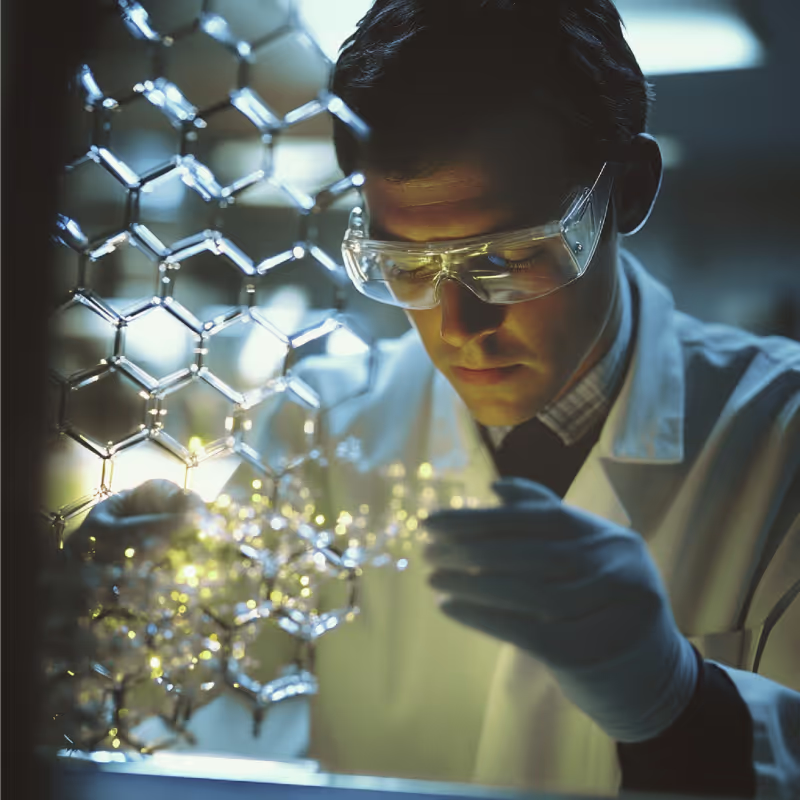
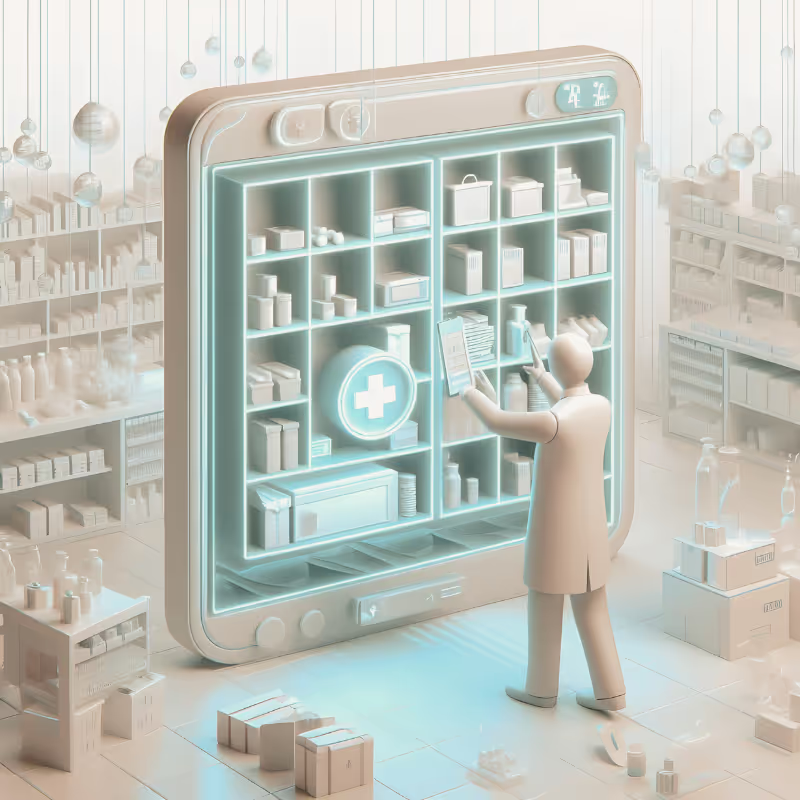
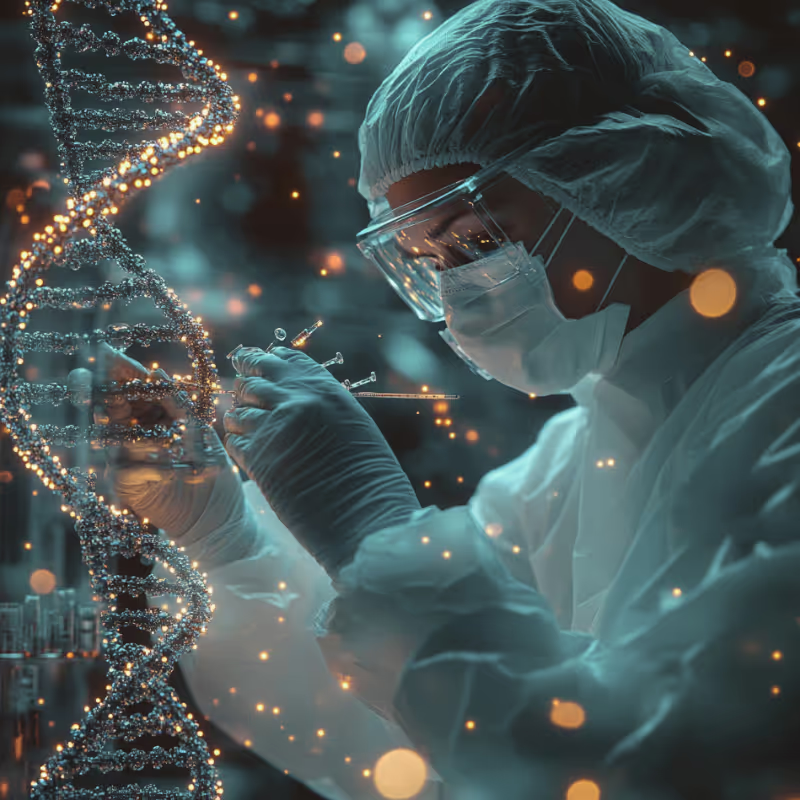

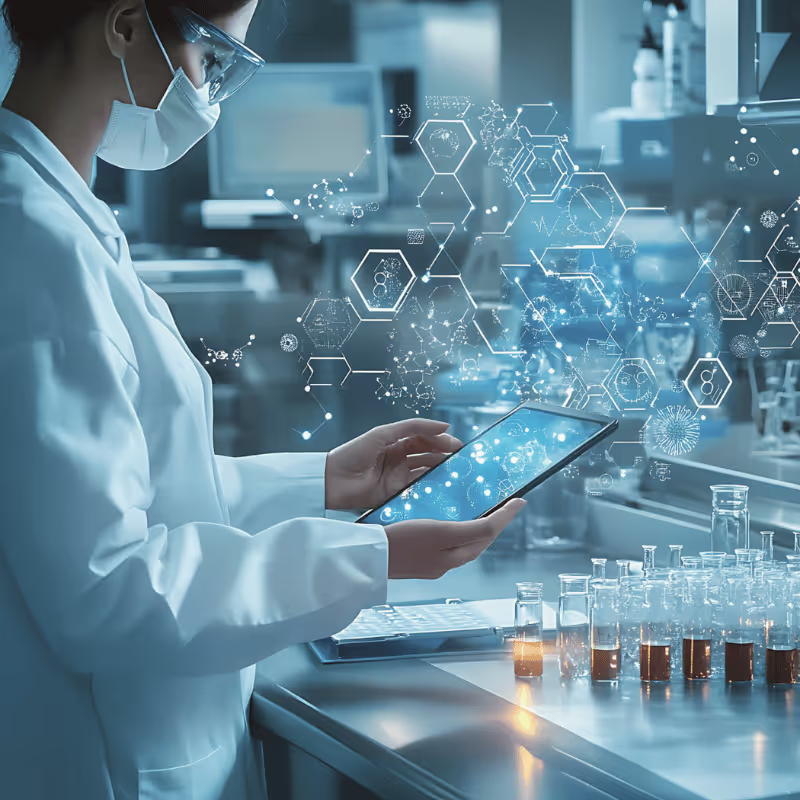

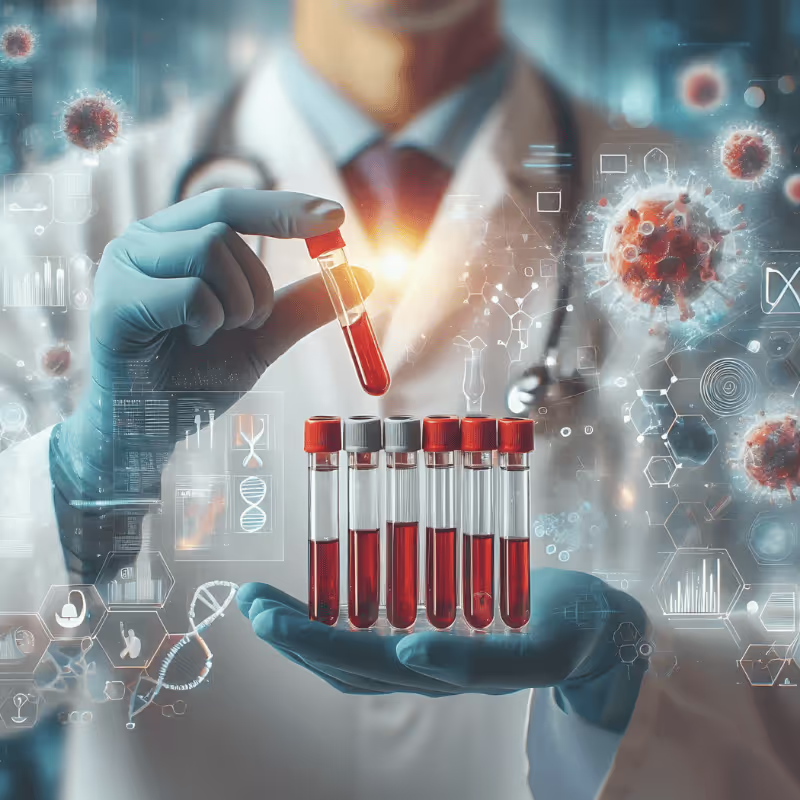
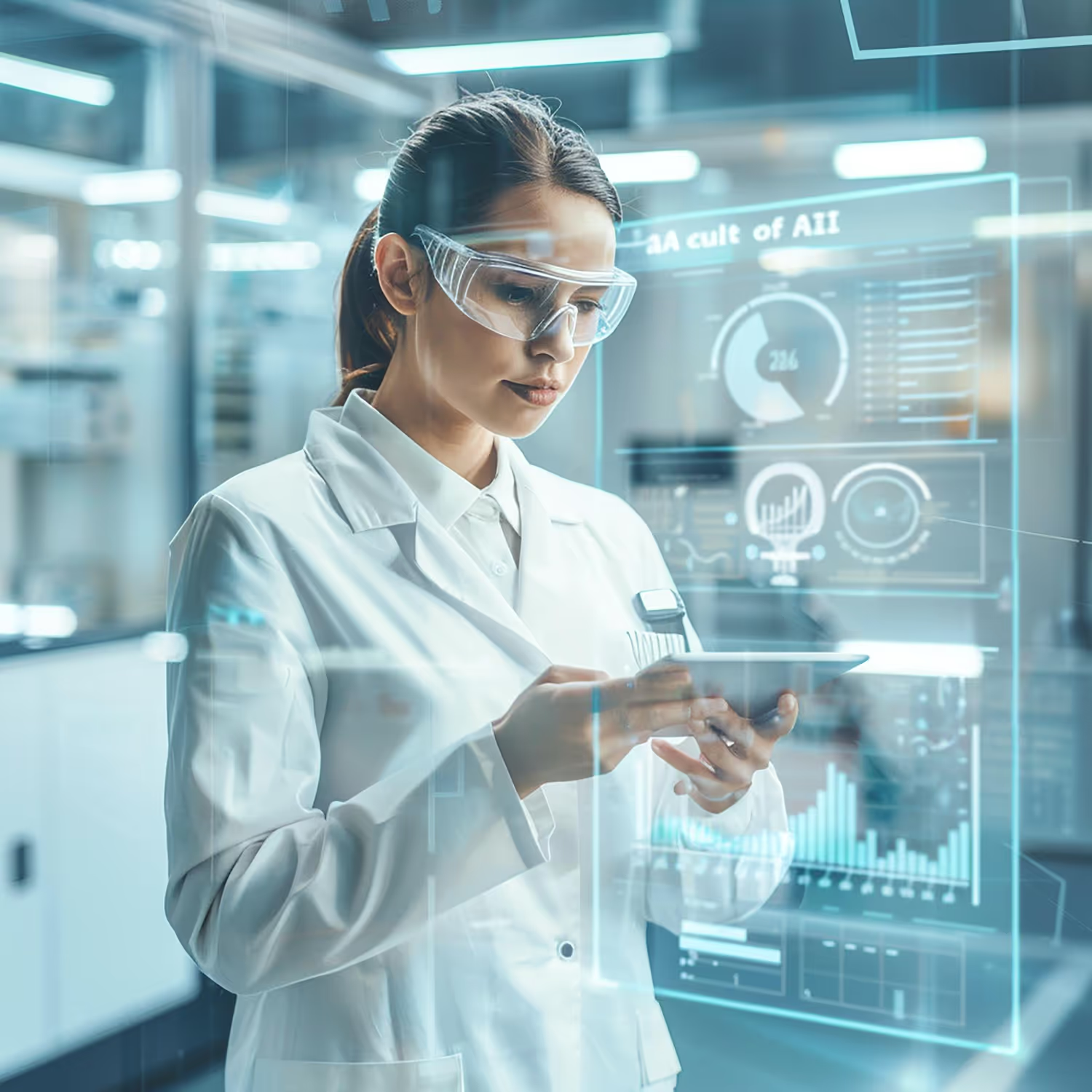
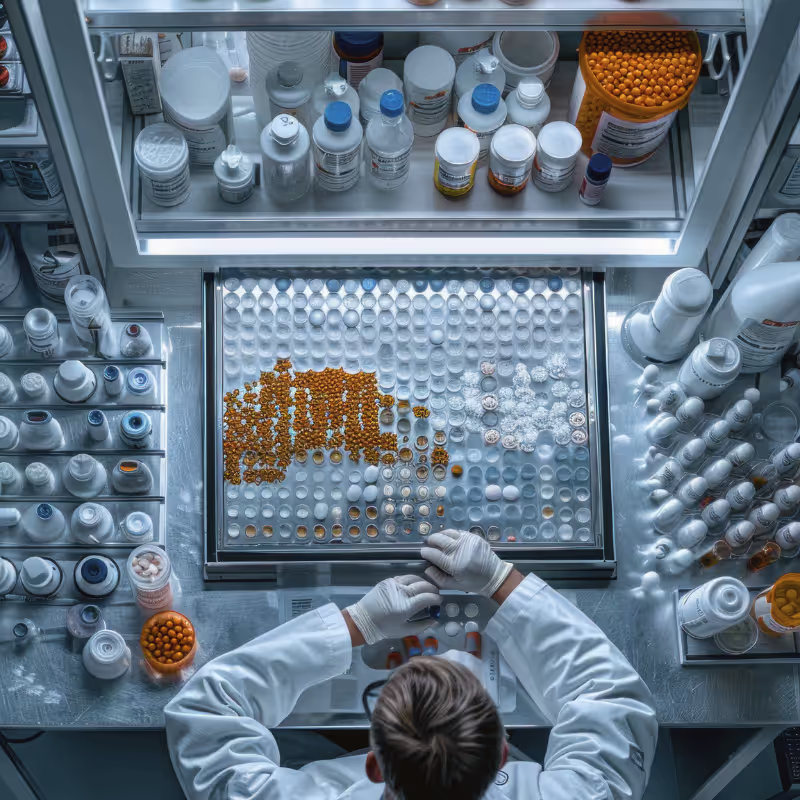
%20(5).avif)
.avif)


